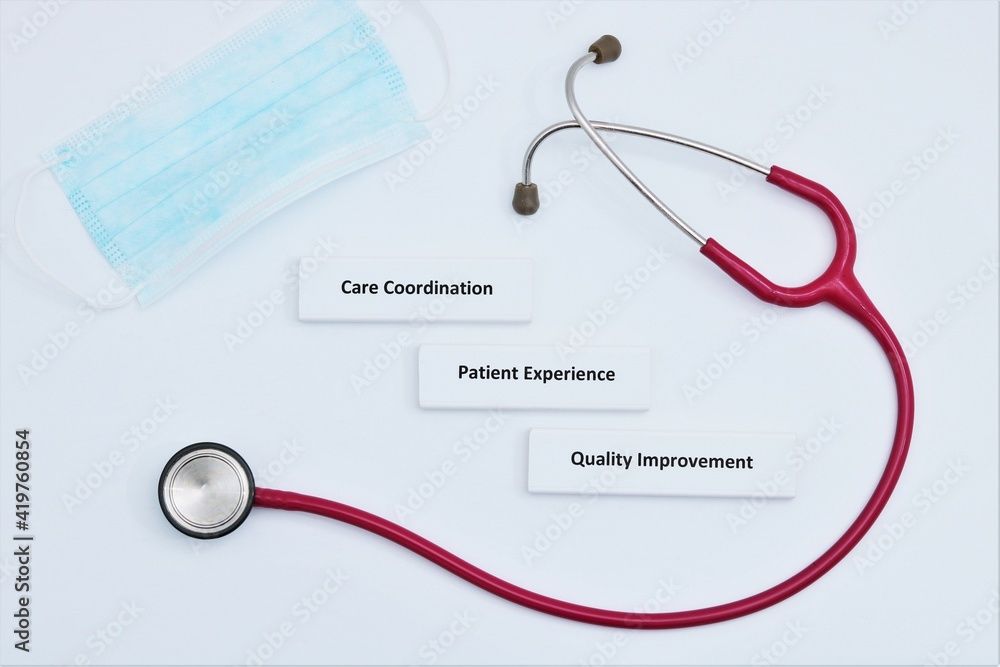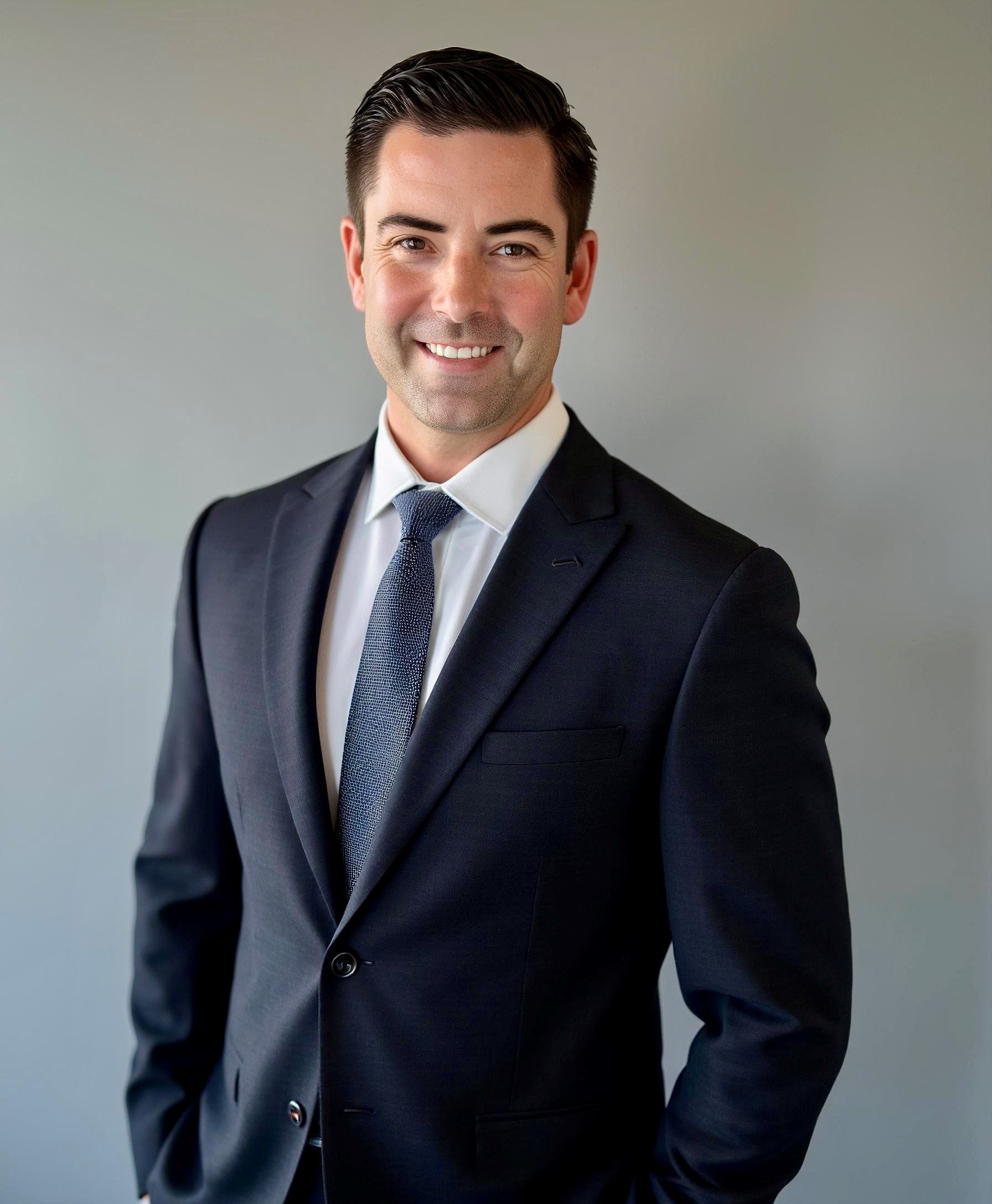News
Article
Some primary care practices to get financial boost under new ACO payment model
Author(s):
CMS initiative aims to provide practices with more flexibility for meeting patients’ needs
Primary care practices in some accountable care organizations (ACOs) could get a financial boost next year under an experimental new Medicare payment model.
The model, known as the ACO Primary Care Flex Model, will provide qualifying ACOs with a one-time advance shared savings payment as well as monthly prospective primary care payments beginning January 1, 2025. ACOs will distribute the prospective payments to their member primary care practices to give them more resources and greater flexibility to meet their patients’ needs.
The advanced shared savings payments will be used either to cover costs associated with forming an ACO, where relevant, and administrative costs of required model activities.
“People whose primary care provider participates in the ACO PC Flex Model may get care in more convenient ways… and more preventive health services to keep them healthy,” Chiquita Brooks-LaSure, administrator of the Centers for Medicare and Medicaid Services (CMS), said in a press release. “Not only will people with Medicare receive more coordinated, seamless care that addresses their unique needs, but CMS is supporting primary care clinicians and giving them more flexibility to provide person-centered care.”
Liz Fowler, CMS deputy administrator and director of the CMS Innovation Center, which developed the model said it will incentivize more physicians to form ACOs and help attain CMS’s goal of increasing the number of Medicare beneficiaries in ACOs.
To qualify for the Primary Care Flex Model, an ACO must be part of the Medicare Shared Savings Program and be “low revenue,” a designation based on the ACO’s MedicareParts A and B fee-for-service revenue during the prior calendar year. Low revenue ACOs generally are physician-led and often are more risk-averse and less willing to assume performance-based risk than are high-revenue ACOs, according to CMS.
ACO stakeholder organizations generally praised the new payment model. “Experience shows that Medicare’s physician-led ACOs have produced superior results in terms of quality improvements and shared savings, and this new model could boost their performance further,” Susan Dentzer, president and CEO of America’s Physician Groups, an organization that advocates for clinically integrated, value-based care said in a statement. “In particular, getting some portion of shared savings in advance could help many physician practices make the needed investments in infrastructure and care redesign that are integral to advanced primary care.”
In a statement Clif Gaus, Sc.D., president and CEO of the National Association of ACOs, said his organization “applauds” the model’s launch. “Shifting to prospective payments provides primary care practices with stable and predictable cash flow needed to transform care delivery and provide comprehensive, team-based care,” Gaus said.
The Primary Care Flex model is voluntary and will run for five years. Organizations wishing to participate must first apply, either as new or renewing ACOs, in the Medicare Shared Savings Program between May 20 and June 17 of this year. Applications for the model itself will be due in early August, with participants selected during the final three months of the year. CMS says it plans to select about 130 participants.
Newsletter
Stay informed and empowered with Medical Economics enewsletter, delivering expert insights, financial strategies, practice management tips and technology trends — tailored for today’s physicians.






